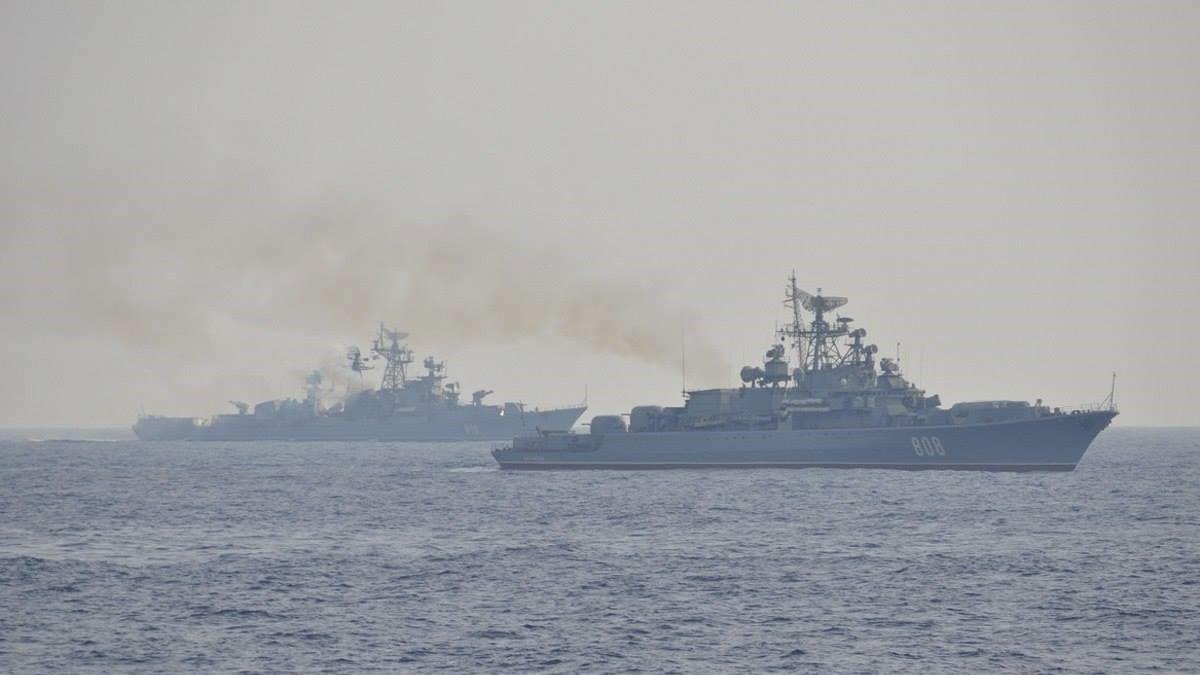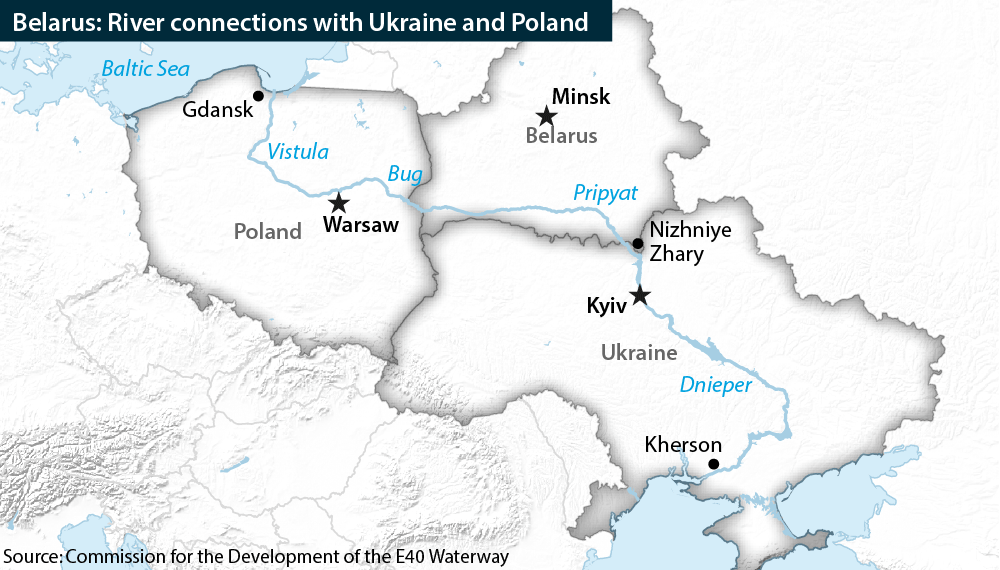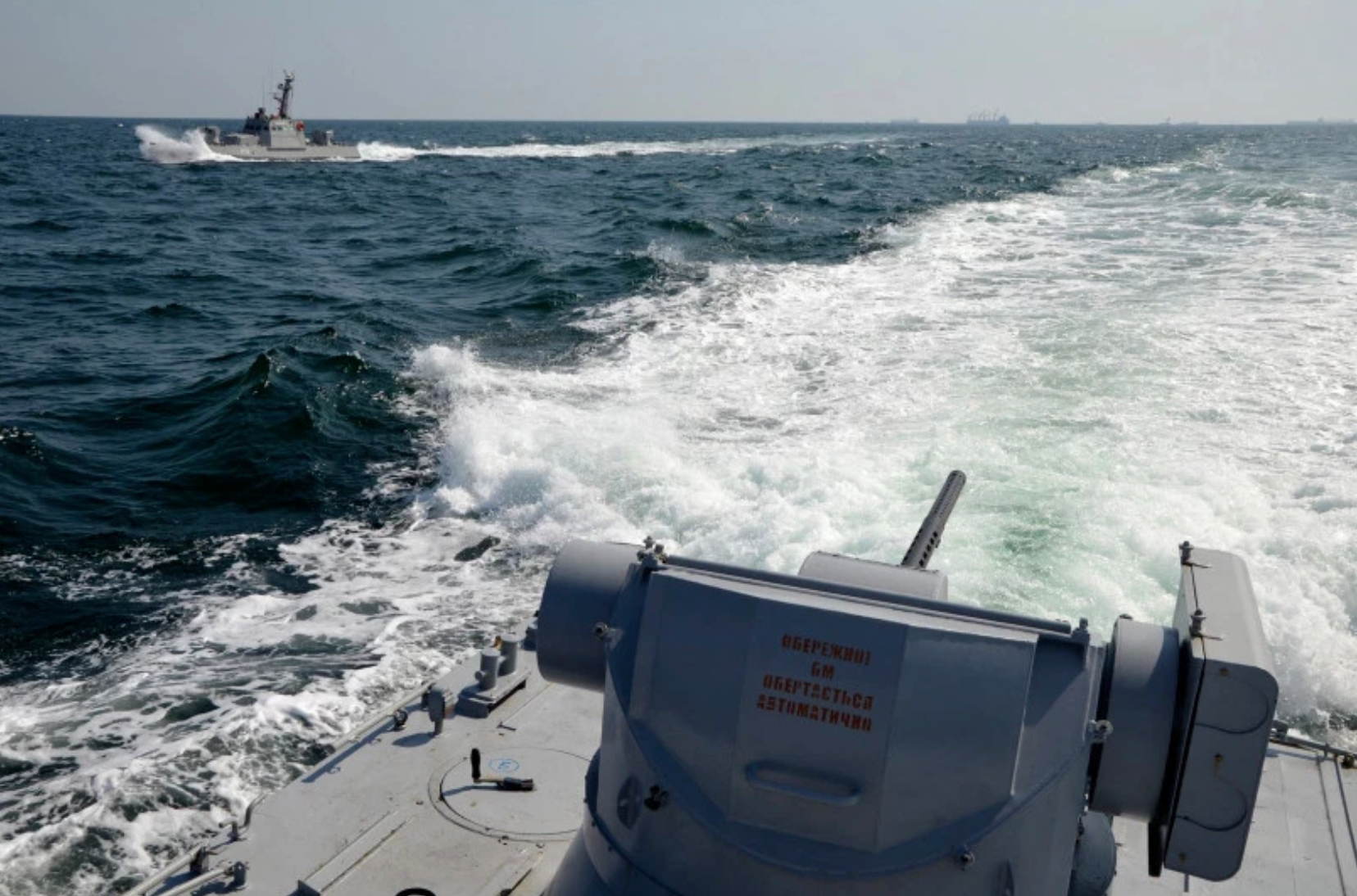Russia has stumbled into a trap of its own making by bringing up the Black Sea during peace talks. Had they stuck to land negotiations, they could have exploited a ceasefire loophole: with fighting paused on land but no maritime boundaries drawn, their warships could have freely patrolled anywhere—near Zmiinyi (Snake) Island, even off Odesa’s coast. Ukraine’s naval drones would be constrained by ceasefire terms, leaving Russian vessels to operate with impunity.
Moscow could claim they weren’t firing, just “exercising,” while effectively blockading Ukrainian trade and choking sea lanes. This maritime “lawfare” strategy would have given them powerful leverage without firing a shot.
Instead, they’ve unexpectedly put their naval dominance on the negotiating table, potentially surrendering control they’ve maintained since the 19th-century Crimean War. Ironically, Russia has now made that very sea a centerpiece of the peace process, risking exactly what it feared most: an empowered Ukrainian maritime force with internationally recognized boundaries that limit Russian naval movements.
The Black Sea’s strategic crown
The Black Sea isn’t just water—it’s power. Since 1991, Russia has mastered the art of diplomatic stalling over the Sea of Azov and Kerch Strait, dragging out endless negotiations while changing nothing. When Americans arrived to broker a ceasefire, Russia played their usual game: first redirecting talks to energy infrastructure, then pivoting to maritime boundaries when Ukraine got specific about protection, presenting detailed lists of critical facilities. This is Russia’s classic diversionary tactic to prolong talks indefinitely.
But the Americans didn’t blink, keeping Russians at the table for twelve grueling hours until they revealed their real play: they’d discuss sea boundaries only if sanctions were lifted. Their economy is tanking, and it shows.
The potential bombshell came from Ukraine’s Defense Minister: Russian warships might be banned from the western Black Sea—with the dividing line running through Sevastopol itself. This is massive. After Ukrainian strikes decimated their fleet, Russia relocated surviving vessels to Novorossiysk. So, the key question now is whether Russian ships will be allowed to return to occupied Crimea. If this meridian line becomes reality, it would mean much for Ukraine and NATO.
For Ukraine, this creates a corridor free of Russian warships from Odesa to the Bosphorus. For Romania, it’s a golden ticket to finally develop their Neptun Deep gas project south of Zmiinyi (Snake) Island in 2025—something impossible while Russian military vessels prowled nearby.
Russia’s leverage? Almost none
The Russian strategy backfired—hard. They tried dragging out talks by making the Black Sea a bargaining chip, expecting months of circular diplomacy. Instead, Americans settled it flat: “You want sanctions lifted? Cool. Here are our terms.” Then, Ukraine dropped a proposal Russians couldn’t swallow, and they’ll likely try to change the subject again.
Now Moscow needs a new delay tactic, and Trump faces a critical decision: when to switch from carrots to sticks. He knows Russia is openly mocking him, testing how much humiliation he’ll tolerate before his April 20th self-imposed deadline. Meanwhile, Ukraine agreed to a no-strings attached ceasefire while Russia haggles over every comma. This is classic Russia—dragging everything out until they’re forced to cave. The ball’s in America’s court now.
Next up? A new round of talks—sea, energy, and specifics. I can see one crucial condition: a ban on long-range weapons. Without that, the ceasefire won’t effectively happen. After all, there will always be a way for Russia to claim, “We weren’t hitting energy infrastructure; we were targeting a military base, but it hit a civilian building.” This can go on indefinitely.
What’s Russia’s leverage? Almost nothing. They threaten to capture the Ukrainian city of Zaporizhzhia but lack the military capacity.The US has no leverage against Ukraine, either. America’s one-week pause in Ukraine aid cost them billions in defense contracts as allies like Germany and Portugal reconsider F-35 purchases. Another weapons freeze would trigger an industrial disaster for US defense manufacturers. A collapse in the US defense sector would cascade through other parts of the already struggling economy.
So, while the Americans claim Ukraine has no cards to play, we actually do have cards: Russia physically cannot break our front.
The stalemate no one wants to admit
The recent CIA director’s testimony confirmed that. It’s not every day you hear someone from the Trump administration giving a straight-up, realistic take on the situation, but that’s exactly what happened. His intel and analysis cut through the noise: No dramatic Ukrainian collapse coming. No Russian breakthrough imminent. Just a brutal, expensive stalemate that’s heading toward mutual exhaustion by 2026.
When questioned in the Senate about who has the advantage on the frontlines—Russia or Ukraine—his answer was refreshingly direct: nobody. Russia might have more resources on paper, but they can’t translate that into battlefield momentum. This assessment from deep inside Trump’s own administration directly contradicts the “Ukraine is losing” narrative that’s been circulating. It explains why Trump is pushing to end the war—both sides can keep fighting indefinitely, but neither can fundamentally alter the strategic situation.
Ukraine still maintains the ability to surprise Russia, as demonstrated in Kursk and Belgorod where Russian forces were spread thin. We caught them off guard and made tactical gains. But these advances quickly reach their limits. As soon as we push forward, Russia redirects forces, and progress stalls. The exact same pattern plays out when Russia launches its own offensives.
We can continue bleeding each other for years, but the military math doesn’t add up to a decisive victory for anyone.
Trump’s moment to choose
There has been no ceasefire and no signed protocols yet. Every country has issued its own statement, but there is no unified one. The US, Russia, and Ukraine are just airing their positions—nothing formal.
Right now, they’re scrambling to find some common ground, but the framework was already laid out in Jiddah, Saudi Arabia, on 11 March: an unconditional ceasefire. Full stop. But the Kremlin plays an entirely different game. While the US thinks “ceasefire first, then talk,” the Russian playbook reads “keep shooting until negotiations favor us, then maybe stop.” Classic Russia. Americans don’t get this fundamental difference, but they’re learning the hard way.
Meanwhile, Trump is in domestic trouble: scandals, trade wars, mounting pressure. The Russians, meanwhile, are making him look like a chump. When he demands results from his team, what can they say? “Zelenskyy’s already doing everything we ask. He can’t physically hand over Zaporizhzhia—what do you want, to give Russians Tamahawks missiles so they can take it?”
I’m hoping this pressure finally forces Trump to take a firm stance against Russia.
Editor’s note. The opinions expressed in our Opinion section belong to their authors. Euromaidan Press’ editorial team may or may not share them.
Submit an opinion to Euromaidan Press
Read more:
- Bulgaria proposes maritime security center to guard Black Sea flank
- ISW: Details of ceasefire agreements on Black Sea, energy strikes remain unclear
- EU holds key to Russia’s SWIFT restoration in Black Sea ceasefire bid
- Of course Putin wants Black Sea ceasefire – his navy got absolutely wrecked, says former Royal Navy officer
- Ukrainian defense minister outlines strict terms for Russian naval movement in Black Sea deal






